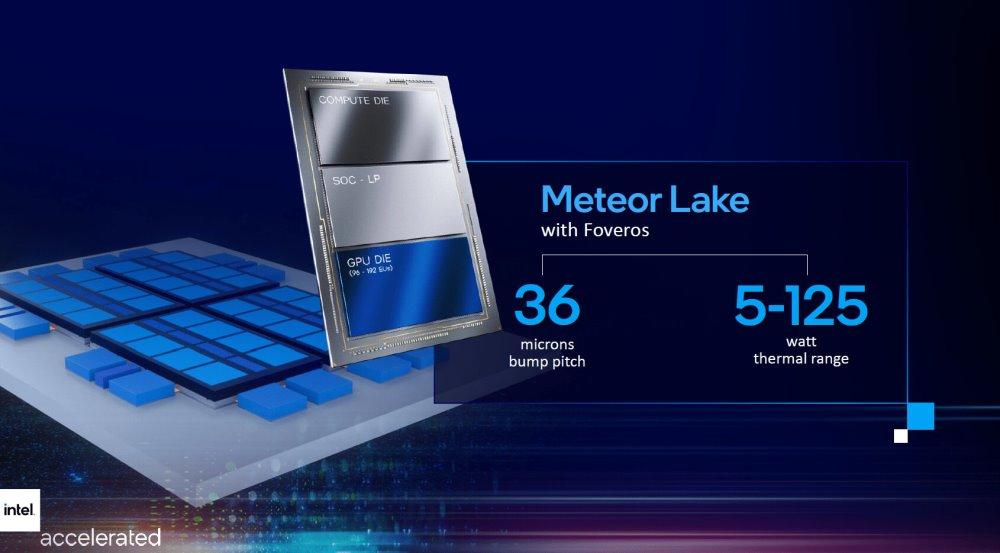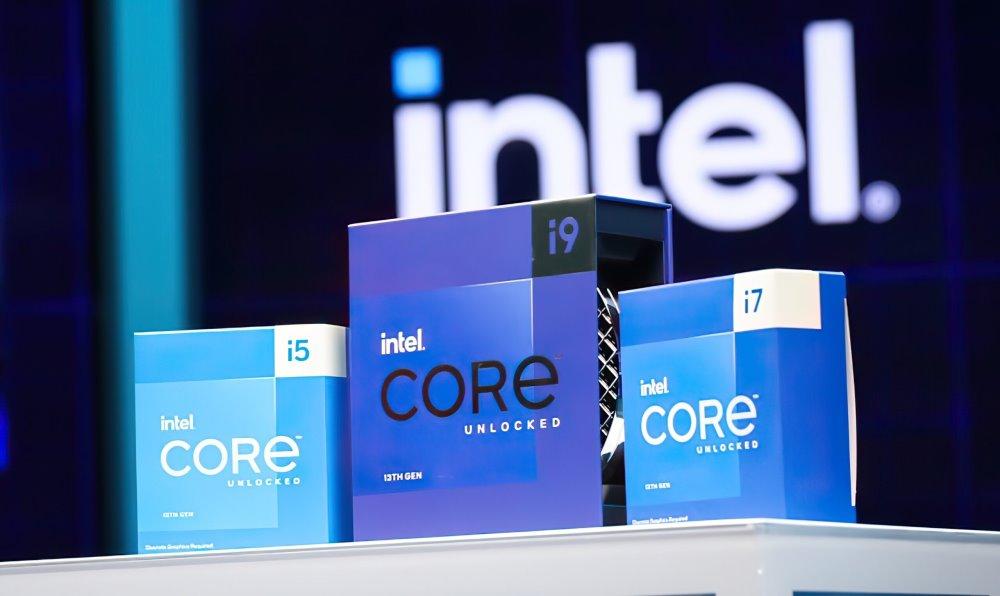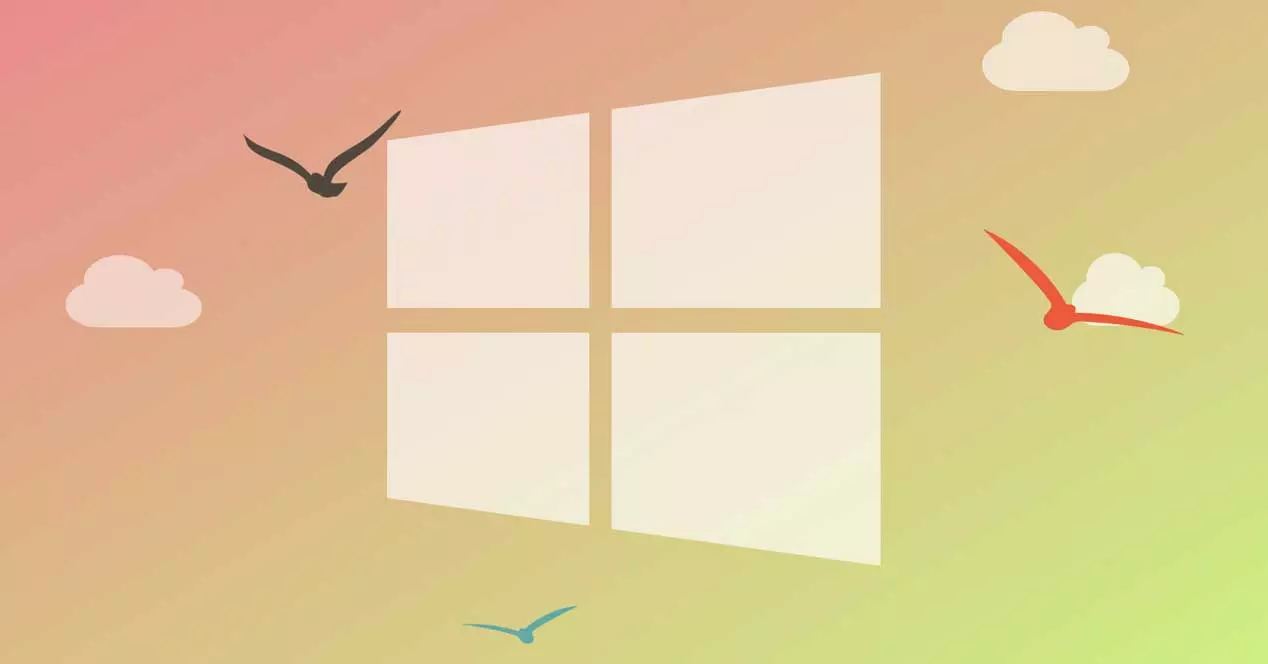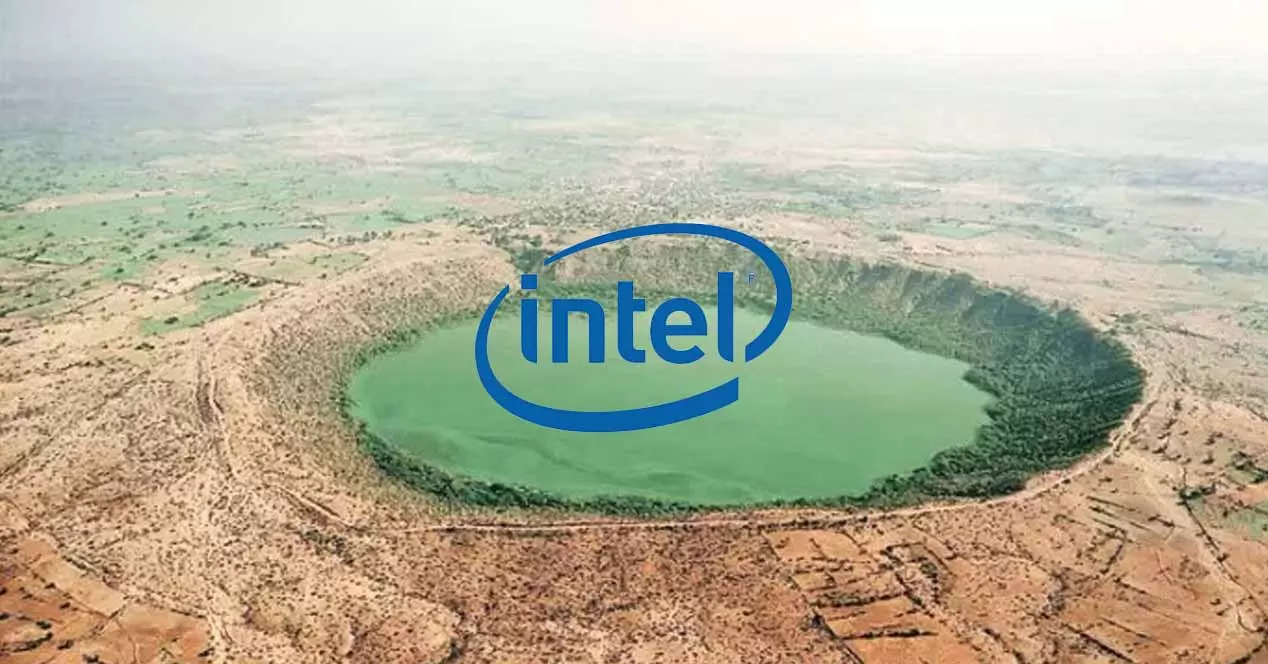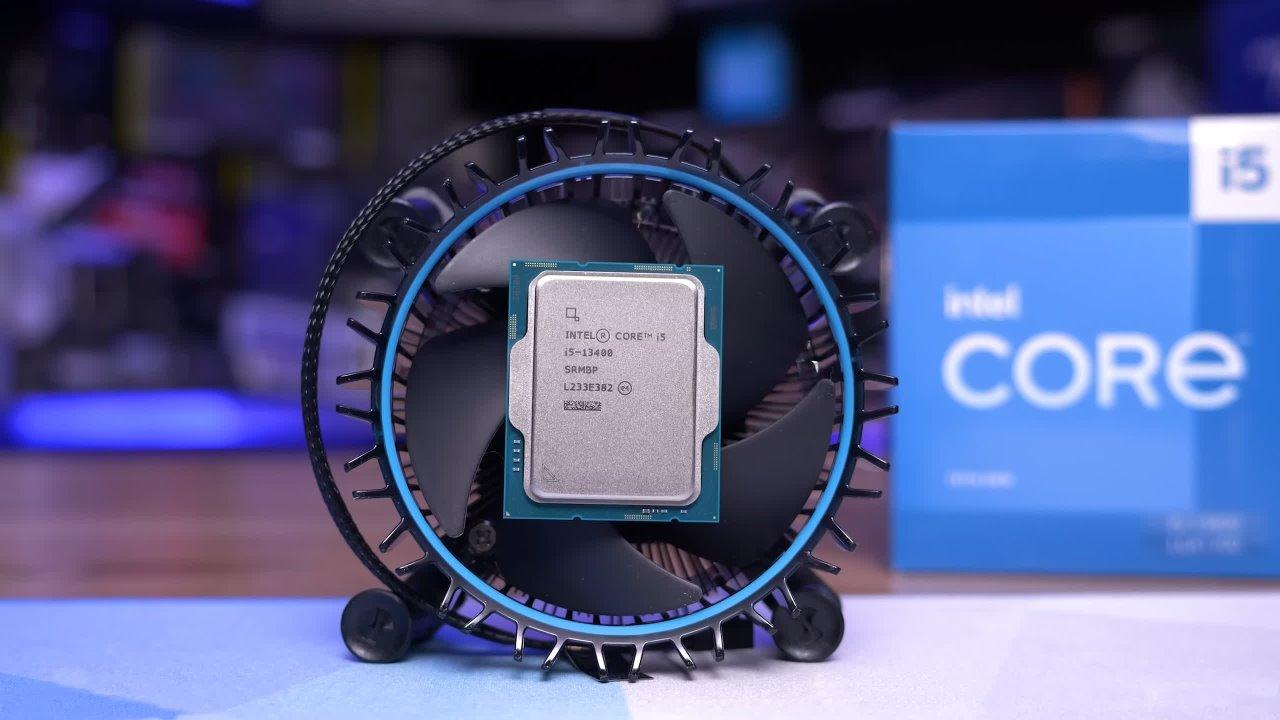
Processor manufacturers currently make clear distinctions between desktop and laptop solutions. Although they may share architecture, the name and certain characteristics of these components change. In recent weeks there has been a lot of talk about 14th Generation Intel Meteor Lake processorsny about whether these will go destined only to portable or they will also arrive for after-dinner
You should know that Intel usually releases the same architecture for desktop and laptop processors. Little things change, such as core count, working frequencies and socket type. Although this strategy would be about to be modified.
The real reasons why Intel will launch two different architectures depending on the segment are not clear. This is so anomalous that even within the company they have problems explaining the issue to the public.
Intel has to clarify which processors it will launch
First of all, you should know that the company uses two different types of socket. For desktop or computer towers, Intel has a socket called LGA. In laptops we have the bga socketwhich basically means that the processor is alone on the motherboard, preventing it from being updated.
Recently, Intel announced the launch of Raptor Lake Refresh pear desktop and Meteor Lake for laptops. The reasons for this differentiation are that the Meteor Lake architecture does not meet the company’s standards for desktop processors.
Michelle Johnston Holthaus, director of Intel’s Intel Client Computing Group, hinted that Meteor Lake would reach all customer form factors in 2024. Something that contradicts all the information that pointed out that Raptor Lake Refresh for ehe last quarter of this year being the 14th Generation of processors.
Sure, Holthaus contradicts the company’s official roadmap. ComputerBase wanted to ask you about it so that you can specify more about the source of this information.
It has been difficult for them, but Intel has given all the data about it, clarifyor totally doubts. According to Holthaus, when refer to “desktop” make reference to All-in-One computers. For those who do not know them, they are monitors that internally integrate all the components of a computer.
It stands out that these All-in-One computers will use processors intended for laptops. The reason is that consumption and TDP are low, allowing good performance without the need for powerful heatsinks.
Something strange is happening in the company
Meteor Lake is an architecture that does not live up to the requirements for desktop processors. This is not the first time this has happened, it already happened with Ice Lake and Tiger Lake, “poor quality” architectures intended for laptops.
It seems that Intel’s more advanced manufacturing processes carry problems from the past. Let us remember that for three years the company dragged 14 nm lithography with a large number of rehashes. The reason is that 10 nm lithography was of poor quality and was not suitable for mass production of chips.
So we will have Intel Core Raptor Lake Refresh processors for desktop computers by the end of the year. Meteor Lake, on the other hand, will stick to laptops, AIOs, and Mini PC systems, mostly.
